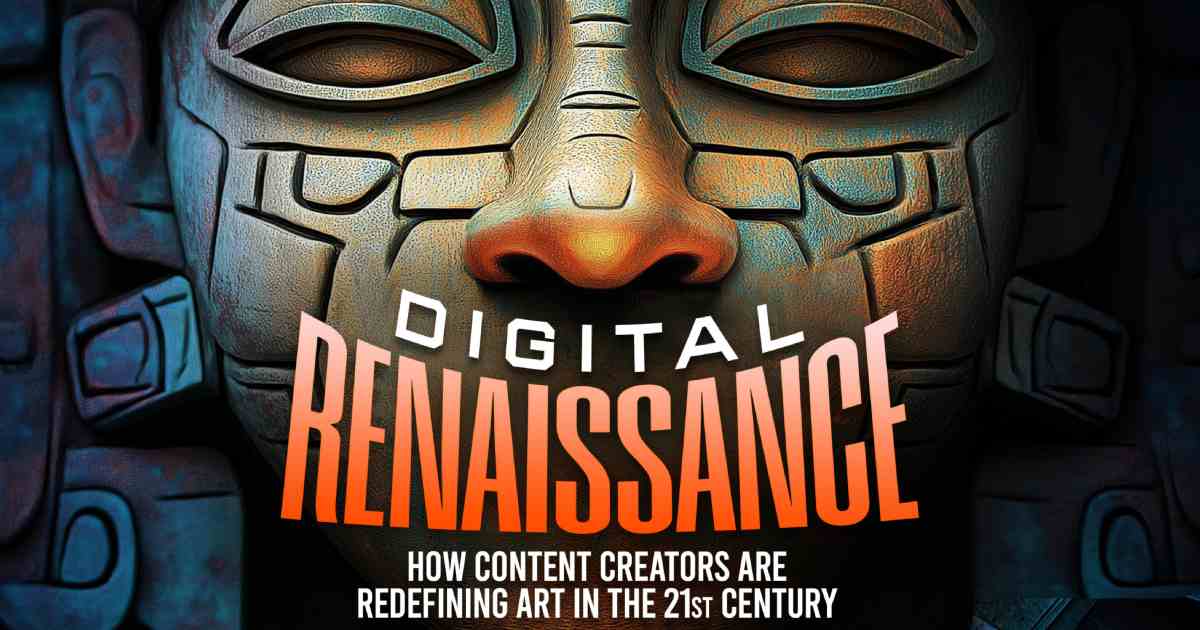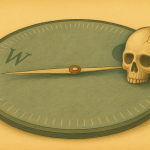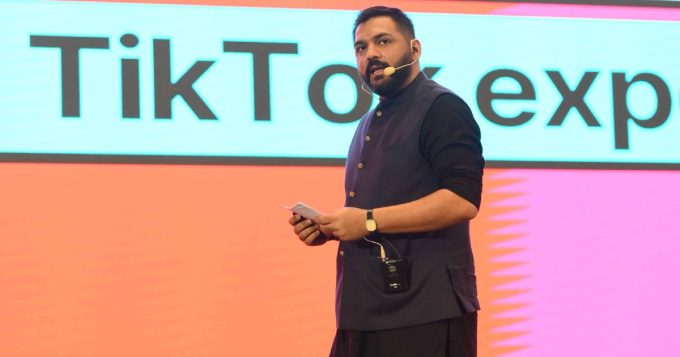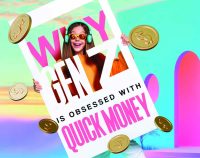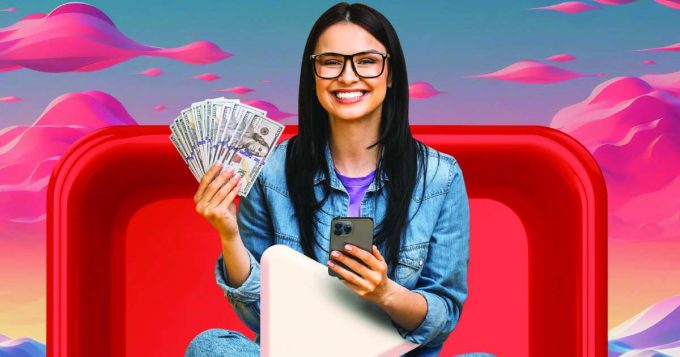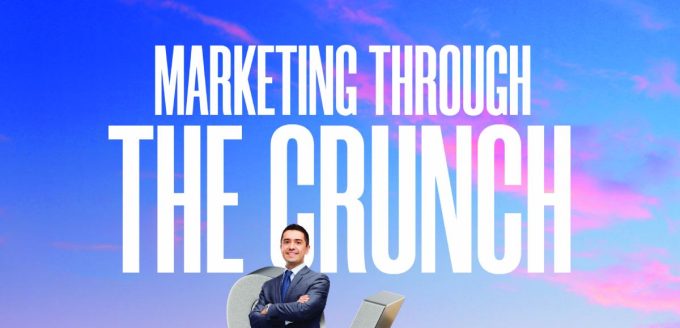Are Artists Just Content Machines Now?
In the Digital Renaissance, creators juggle art and algorithms, redefining creativity while questioning whether they are artists or just content machines.
If Michelangelo had access to TikTok, would he spend hours lying on scaffolding painting the Sistine Chapel? Or would he have shot a 60-second time-lapse video with the caption #CeilingGoals?
It’s a fair question because, in the 21st century, content creation has redefined the very essence of art. We’re living in a Digital Renaissance—a chaotic, algorithm-driven era where creativity is democratised, virality is gamified, and attention spans are traded like USD to PKR: volatile, fleeting, and always subject to forces beyond your control.
As a visual artist who has spent too many late nights tweaking the kerning on brand logos, I can tell you this: Pakistan’s advertising market is a bizarre blend of tradition and innovation.
It’s a place where cultural nostalgia meets digital chaos, and somehow, it works—like chai and pakoras, or cricket and heartbreak.
But let’s not confuse “accessible” with “easy.” The modern content creator wears more hats than the Mad Hatter himself and wears them all together, too. They’re filmmakers, graphic designers, writers, marketers, and sometimes unintentional comedians.
And like the original Renaissance artists, they’re navigating a creative world in flux—a world where technical, cultural, and economic forces collide to shape what we value as art.
Meme
Take a meme, for example. A humble fusion of text and image. Whether it consists of an angry cat or a clueless celebrity, its impact is undeniable. Sure, it won’t sell for $40,000 like a Salvador Dalí painting, but in the modern-day public opinion, it remains priceless.
Meanwhile, Dalí would probably be crying over a botched AI version of melting clocks, wondering why the algorithm turned them into something even he can’t recognise. If Van Gogh were alive today, would he be painting sunflowers in a field? Or would he be running out of free credits on Leonardo AI, frantically clicking “generate” until he got the right shade of yellow?
Would Beethoven, instead of composing symphonies, now be stuck tweaking prompts on AIVA, letting an algorithm decide whether his next masterpiece should echo a film score or resemble a lo-fi beat?
In a world where AI tools like MidJourney and ChatGPT are transforming content creation, the line between artist and machine has never been blurrier. AI speeds up production, enhances efficiency, and democratises creativity.
AI
But at what cost? Is AI a muse, amplifying human potential, or a master, dictating what gets seen, liked, and shared? The struggle is real, and every creator, at some point, has found themselves questioning whether they’re truly making art or simply feeding the content machine.
Yet, amidst all the absurdity, content creators are redefining art by challenging traditional hierarchies. They’re proving that creativity isn’t confined to galleries and museums. For them, art lives in YouTube tutorials, Instagram reels, and podcast monologues.
It thrives in the comment sections of statuses and tweets—yes, even the ones debating whether pineapple should go on pizza. If this sounds ridiculous, remember that there was a time when people thought Van Gogh’s Sunflowers were tacky.
Meanwhile, in some parallel timeline, Mona Lisa wasn’t hanging in the Louvre—she’s participating in a “Try Not to Laugh” challenge on YouTube, her enigmatic smirk turning into a full-blown grin.
While Renaissance artists were backed by wealthy patrons, modern-day creators are held captive by an even more erratic middleman—the algorithm. Instead of impressing kings or popes, they now perform for an invisible AI overlord that rewards engagement over elegance, clicks over craft.
Virality
This is the era where virality isn’t sparked by genius alone. But by the scale of intervention, timing, trends, tweaks, and a prayer to the algorithmic gods.
Creators walk a tightrope between commerce and creativity, often having a safety net of sponsored posts beneath them.
It’s no longer just about creating—it’s about monetising. Imagine if “The Girl with the Pearl Earring” was making unboxing reviews for Damas. What if Michelangelo had to incorporate “Spice Bazaar” into “The Last Supper”?
Despite all this brand integration madness, modern creators still manage to make content that’s genuine and occasionally gasp-worthy. We live in such interesting times; we see potential in everything. Everything is content. Everything is an advertisement.
Sure, not all creators are Renaissance prodigies. For every Picasso, there’s an influencer posting a “morning routine” video that looks suspiciously rehearsed. But even these seemingly banal contributions reflect something profound: the blurring lines between life, commerce, and art.
The fact that one can make a career out of documenting their breakfast is both genius and vaguely dystopian, like Andy Warhol but with jam on toast.
Then comes the creeping realisation that your personal brand has become a product to be optimised. The pressure to constantly churn out content can turn even the most passionate creatives into disillusioned workers.
Creation
The modern creator isn’t just an artist; they’re an entrepreneur, a strategist, and sometimes, a burnt-out victim. In this Digital Renaissance, the cost of creation isn’t just time and effort; it’s mental bandwidth.
The Renaissance masters worked for patrons; today’s creators work for the algorithm. And while technology has democratised art, it has also commodified it. Creativity is no longer just about expression. It’s about staying relevant in a digital world that moves at the speed of a scroll.
So, what am I trying to tell you? That art is evolving. That the tools of creation are in everyone’s hands. That you, whether you’re a designer, a filmmaker, or someone who just posted a meme, are part of this movement.
But also that we need to question the price we pay for this constant output. Are we creating because we love to? Or because the algorithm demands it?
The Digital Renaissance is exciting, chaotic, and full of possibility. Just don’t let it turn you into another cog in the content machine.

